By Elizabeth Warden
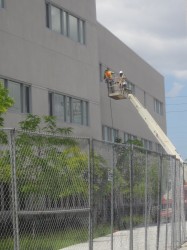 John C. Fremont High School, located in South Los Angeles, recently underwent reconstruction, a process that allows the Los Angeles Unified School District to make teachers at low performing schools, evaluated by a consecutive high dropout rates and low standardized test scores, reapply for their jobs. Some Fremont High teachers, at the time, decided not to reapply for their jobs as a symbol of opposition to the school district.
John C. Fremont High School, located in South Los Angeles, recently underwent reconstruction, a process that allows the Los Angeles Unified School District to make teachers at low performing schools, evaluated by a consecutive high dropout rates and low standardized test scores, reapply for their jobs. Some Fremont High teachers, at the time, decided not to reapply for their jobs as a symbol of opposition to the school district.
“It definitely [does not have] a community in mind,” said Joel Vaca, a 10-year Fremont High veteran during an interview in spring 2010 after the school district had approved the reconstruction process in Dec. 2009.
“Every other neighborhood in LA had a voice in their opinion: East LA had a choice with the public school choice initiative, the beach harbor area had a voice when their schools went up for vote, and it’s the disenfranchisement of South Central and neglect of what happens here in South Central,” he said.
Fremont’s reconstruction and the maelstrom that ensued speaks to the politics of culture and change that often make school and community reform exceedingly difficult.
But just around the time reconstruction at Fremont High began happening, the LAUSD public school choice 2.0 options sprouted up in the spring of 2010 and the district announced nine new campuses. The district intended to use one of the campuses – South Region High School #2 – to relieve overcrowding at Fremont High and neighboring Jefferson High. This gave a team of former Fremont High teachers, and some from Jefferson High, the opportunity to send in a letter of intent and draft a proposal for the South Central Region #2 High School campus that the school district had already started constructing.
Some former Fremont High teachers – like Erica Hamilton who taught at the school for six years – had been looking at alternatives for Fremont High students far before this. She had explored the option of charter operators as early back as 2006, which was the only option at the time.









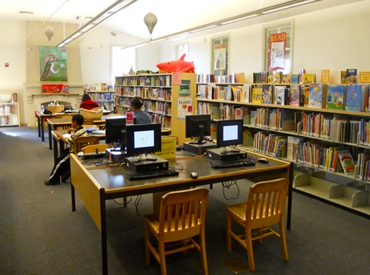 The Jefferson Branch Library, open for nearly a century, is a building that has witnessed the changing landscape and make-up of the Jefferson Park community. It is one of the few buildings in the neighborhood placed on the National Registrar of Historic Places, recognizing its early 20th century Spanish-style architecture.
The Jefferson Branch Library, open for nearly a century, is a building that has witnessed the changing landscape and make-up of the Jefferson Park community. It is one of the few buildings in the neighborhood placed on the National Registrar of Historic Places, recognizing its early 20th century Spanish-style architecture. Almost every community has one – a place to hang out, grab a bite, see friends and feel safe – think Central Perk in “Friends” or the Regal Beagle in “Three’s Company.” Places like these aren’t always portrayed in the media for predominantly black and Hispanic communities, but Jefferson Park has what many in the community call their “black Cheers”: Harold and Belle’s, a family owned Creole restaurant.
Almost every community has one – a place to hang out, grab a bite, see friends and feel safe – think Central Perk in “Friends” or the Regal Beagle in “Three’s Company.” Places like these aren’t always portrayed in the media for predominantly black and Hispanic communities, but Jefferson Park has what many in the community call their “black Cheers”: Harold and Belle’s, a family owned Creole restaurant.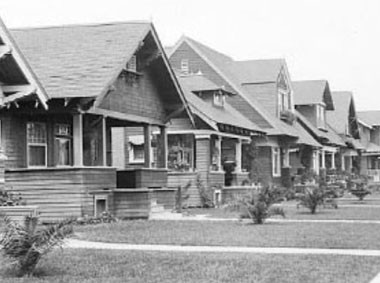 South Los Angeles has changed drastically over the past 150 years with many events adding to the changing face of the area. Jefferson Park, an area just west of USC’s campus, is one area of Los Angeles that underscores these changes.
South Los Angeles has changed drastically over the past 150 years with many events adding to the changing face of the area. Jefferson Park, an area just west of USC’s campus, is one area of Los Angeles that underscores these changes.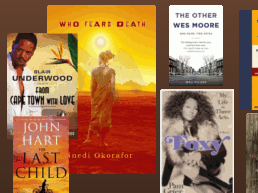 ‘Eso won’ is Yoruba for ‘water over rocks’ and symbolizes the reservoir of knowledge that the Eso Won Bookstore in Los Angeles provides. However, lately it has come to represent the troubled waters that Eso Won and other black bookstores across the nation are facing.
‘Eso won’ is Yoruba for ‘water over rocks’ and symbolizes the reservoir of knowledge that the Eso Won Bookstore in Los Angeles provides. However, lately it has come to represent the troubled waters that Eso Won and other black bookstores across the nation are facing. An end to the 2.5-year-long legal battle over the Inglewood Oil Field may be in sight.
An end to the 2.5-year-long legal battle over the Inglewood Oil Field may be in sight.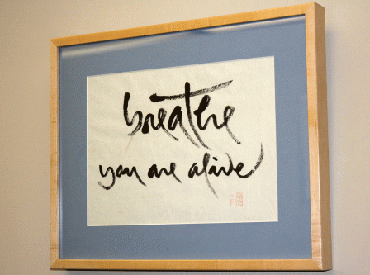 The gravelly squeak of a shopping cart’s wheels against the cracked sidewalks of Skid Row pierces the hot silence of a March day in Los Angeles. In the middle of the handful of streets called the epicenter of the Los Angeles homelessness epidemic, only a handful of cars pass by, and no pedestrians.
The gravelly squeak of a shopping cart’s wheels against the cracked sidewalks of Skid Row pierces the hot silence of a March day in Los Angeles. In the middle of the handful of streets called the epicenter of the Los Angeles homelessness epidemic, only a handful of cars pass by, and no pedestrians.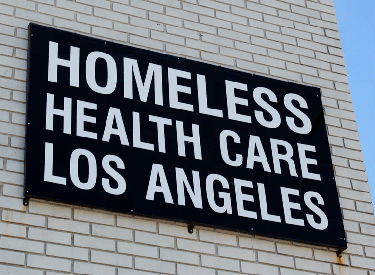 The clients who walk through the doors of Homeless Healthcare Los Angeles share many of the same stories: homeless, jobless, struggling with addictions, estranged from family or friends who could support them through addictions and medical crises.
The clients who walk through the doors of Homeless Healthcare Los Angeles share many of the same stories: homeless, jobless, struggling with addictions, estranged from family or friends who could support them through addictions and medical crises.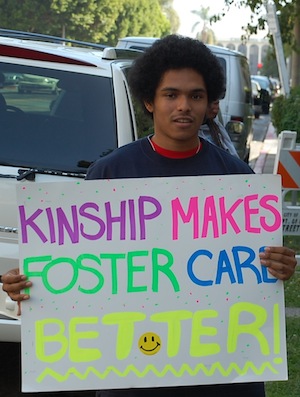 There were about 15,600 minors living in out-of-home placements in Los Angeles County at the end of last year, according to the Department of Children and Family Services. This means that these children are living in group homes, foster homes, shelters or homes of relatives or non-relative extended family.
There were about 15,600 minors living in out-of-home placements in Los Angeles County at the end of last year, according to the Department of Children and Family Services. This means that these children are living in group homes, foster homes, shelters or homes of relatives or non-relative extended family.




